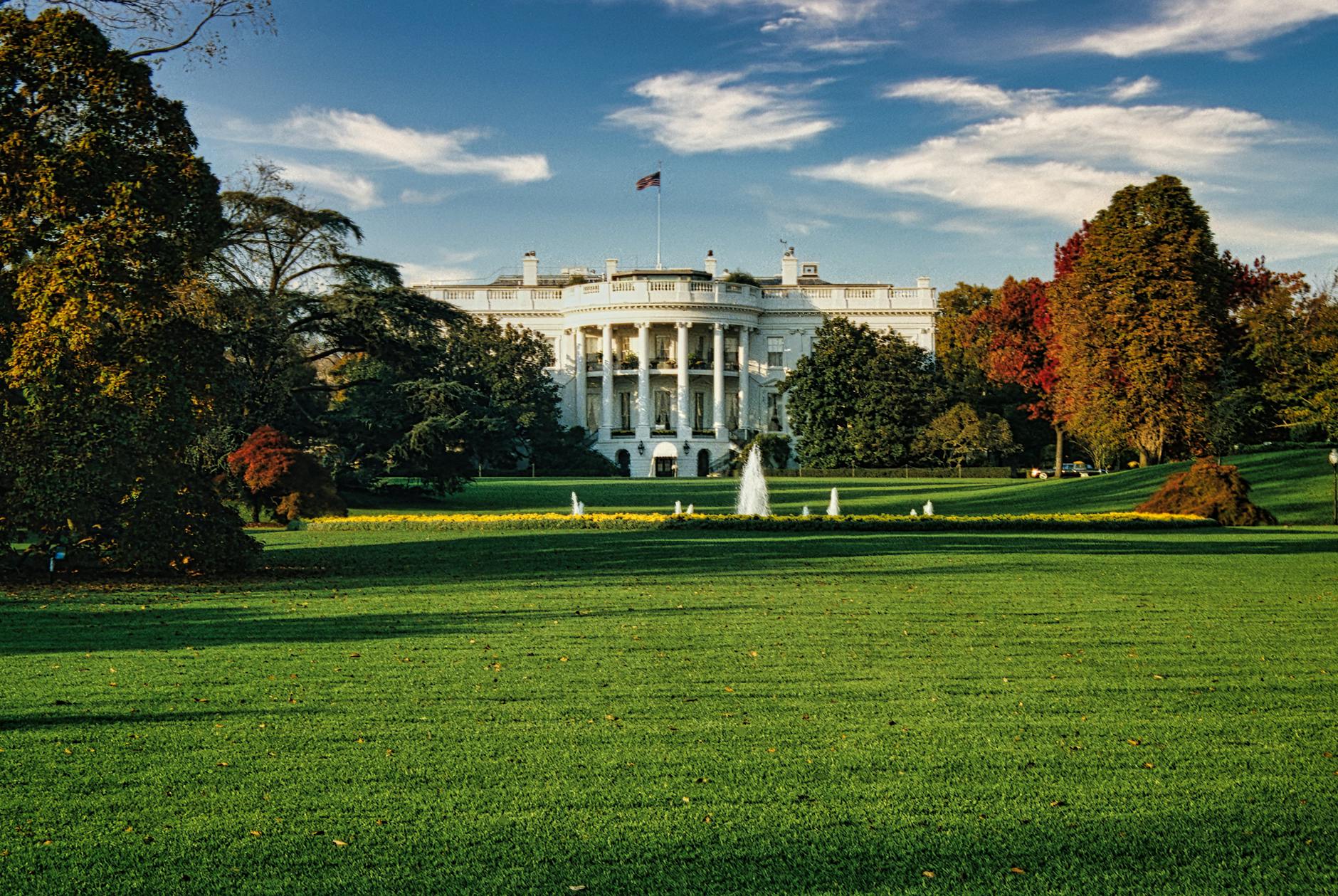The Human Element: Bridging the Gap Between Strategy and the Front Lines
Why Top-Down Change Often Falters, and How to Cultivate Genuine Employee Engagement
In the relentless pursuit of organizational evolution, businesses frequently embark on ambitious strategic shifts. Yet, a common and often insurmountable hurdle emerges: securing genuine employee buy-in. While the boardroom may be abuzz with the merits of a new direction, the reality on the ground can be far different. This article delves into the critical, often-overlooked human element of strategic change, exploring why well-intentioned plans can falter and offering a roadmap for leaders to foster authentic engagement and ensure that change is not just implemented, but embraced.
Introduction
The landscape of modern business is characterized by constant flux. Technological advancements, shifting market demands, and evolving consumer expectations necessitate that organizations adapt and innovate to remain competitive. Strategic change, therefore, is not an anomaly but a perpetual requirement for survival and growth. However, the most meticulously crafted strategies can collapse under the weight of disengaged employees. This isn’t a failure of the strategy itself, but a failure to connect it to the very people tasked with its execution. The distinction between superficial compliance and genuine buy-in is profound. While compliance can be mandated, buy-in is earned. It stems from a shared understanding, a sense of purpose, and a belief that the change is not merely an abstract corporate objective but something that directly impacts and benefits the individuals within the organization. This article, drawing on insights from leading business publications, explores the multifaceted nature of achieving this crucial buy-in, moving beyond the typical corporate-speak to uncover the practical strategies that resonate with employees at every level.
Context & Background
The impetus for strategic change typically originates from a perceived need to address market shifts, capitalize on new opportunities, or overcome existing challenges. These might include declining market share, the emergence of disruptive technologies, or a desire to improve operational efficiency. Historically, approaches to change management often followed a top-down, command-and-control model. Senior leadership would define the strategy, communicate it through official channels, and expect employees to fall in line. This paternalistic approach, while seemingly efficient on paper, frequently disregarded the lived experiences and perspectives of the workforce. The inherent assumption was that employees would simply accept the directives and execute them without question. However, this model often failed to account for human psychology, the intrinsic need for autonomy, and the power of collective efficacy. Organizations that relied solely on mandates often encountered resistance, apathy, and a general decline in morale. This led to a realization that a more nuanced and inclusive approach was necessary. The shift in understanding began to recognize employees not as passive recipients of change, but as active participants and essential stakeholders. This evolving perspective, increasingly highlighted in research from institutions like McKinsey & Company, emphasizes the importance of communication, empathy, and involvement in navigating change successfully.
In-Depth Analysis
At the heart of securing employee buy-in lies the principle of relevance. As highlighted by the Harvard Business Review source material, making strategic change relevant to an individual’s work—not just the company’s broader goals—is paramount. This concept can be unpacked through several interconnected lenses:
1. The Power of “What’s In It For Me?” (WIIFM)
Employees are naturally inclined to assess how proposed changes will affect their daily routines, their skill development, their career progression, and their overall job satisfaction. When strategic initiatives are presented solely in terms of abstract corporate objectives, such as increased shareholder value or market dominance, they often fail to resonate. Leaders must translate these macro-level goals into tangible benefits for individuals. This could involve demonstrating how the change will:
- Enhance skills and capabilities: Will the new strategy require learning new technologies or methodologies that could boost an employee’s resume and future employability?
- Improve work processes: Will the change streamline workflows, reduce tedious tasks, or eliminate inefficiencies that hinder productivity and create frustration?
- Offer new opportunities: Will the strategic shift open up new roles, projects, or avenues for career advancement within the organization?
- Increase job security: In some cases, strategic change is necessary for the long-term viability of the company, which in turn secures employees’ livelihoods. Clearly communicating this link can foster a sense of shared purpose.
Failing to address the WIIFM question directly and honestly can lead to cynicism and resistance. Employees who perceive no personal benefit are less likely to invest their energy and enthusiasm into making the change successful.
2. Transparent Communication and Storytelling
Effective communication is far more than just disseminating information. It involves building understanding, fostering trust, and creating a narrative that employees can connect with. This means:
- Clarity and Consistency: Explaining the “why” behind the change, the desired outcomes, and the steps involved in a clear, unambiguous manner. Messages should be consistent across all levels of management.
- Two-Way Dialogue: Communication should not be a one-way broadcast. Creating channels for feedback, questions, and concerns is vital. This can include town hall meetings, Q&A sessions, internal forums, and anonymous feedback mechanisms. Organizations like Gallup consistently emphasize the role of open communication in employee engagement.
- Storytelling: Humans are wired for stories. Leaders can leverage storytelling to illustrate the vision for the future, the challenges being overcome, and the potential positive impacts of the change. Sharing stories of early successes or the rationale behind specific decisions can be far more persuasive than a list of bullet points.
- Addressing Concerns Proactively: Anticipating potential employee anxieties (e.g., job security, increased workload, unfamiliar processes) and addressing them upfront demonstrates empathy and builds trust.
When communication is perceived as opaque, manipulative, or dismissive of employee concerns, it breeds distrust and alienation, making buy-in nearly impossible.
3. Empowering and Involving Employees
One of the most potent drivers of buy-in is the feeling of ownership. When employees are involved in the process of developing, refining, or implementing strategic changes, they are more likely to feel invested in its success. This can be achieved through:
- Cross-Functional Teams: Forming teams comprised of individuals from different departments and levels to contribute to strategy development or problem-solving related to the change.
- Pilot Programs: Testing new initiatives with a smaller group of employees, gathering their feedback, and making adjustments before a broader rollout.
- Delegation and Autonomy: Empowering individuals and teams to make decisions within the framework of the new strategy fosters a sense of agency and responsibility.
- Seeking Expert Input: Recognizing that employees on the front lines often possess invaluable insights into operational realities, leaders should actively solicit their input on how to best implement the strategy. Research from the Boston Consulting Group (BCG) consistently points to employee involvement as a key differentiator in successful change initiatives.
Conversely, change imposed without any input can feel like an invasion, leading to passive resistance or outright opposition.
4. Leading by Example and Visible Sponsorship
The behavior of senior leadership sets the tone for the entire organization. When leaders are visibly committed to the strategic change, actively participate in its implementation, and demonstrate the desired behaviors, it sends a powerful message to employees. This includes:
- Personal Commitment: Leaders should not delegate their responsibility for driving change. Their visible participation in training, adoption of new processes, and championing of the initiative is crucial.
- Consistent Messaging: Ensuring that all leaders, from the C-suite to team supervisors, are aligned in their communication and support for the change.
- Acknowledging and Rewarding Effort: Recognizing and celebrating the efforts of employees who embrace the change and contribute to its success reinforces positive behaviors.
A lack of visible sponsorship or inconsistent messaging from leadership can quickly undermine even the most well-designed strategies.
Pros and Cons
Achieving genuine employee buy-in for strategic change presents a dual-edged sword. While the benefits are substantial, the process itself requires considerable effort and carries potential drawbacks if not managed effectively.
Pros:
- Increased Engagement and Motivation: Employees who feel connected to the strategy are more likely to be motivated, productive, and committed to achieving organizational goals.
- Smoother Implementation: When employees understand and support the changes, implementation is typically faster, more efficient, and less prone to disruption.
- Enhanced Innovation and Problem-Solving: An engaged workforce is more likely to contribute innovative ideas and proactively identify and solve problems related to the change.
- Improved Morale and Reduced Turnover: A positive change experience can boost overall morale and reduce the likelihood of valuable employees seeking opportunities elsewhere due to dissatisfaction or uncertainty.
- Stronger Organizational Culture: Successfully navigating change collaboratively can foster a culture of adaptability, resilience, and continuous improvement.
Cons:
- Time and Resource Intensive: Building buy-in requires significant investment in communication, training, and employee involvement, which can strain resources and extend timelines.
- Potential for Resistance: Despite best efforts, some employees may remain resistant to change due to fear, inertia, or a genuine belief that the change is detrimental.
- Risk of “Groupthink” or Over-Simplification: In an effort to achieve consensus, there’s a risk of stifling dissenting opinions or oversimplifying complex issues, which can lead to flawed strategies.
- Unrealistic Expectations: If communication of benefits is not managed carefully, employees may develop unrealistic expectations about the outcomes of the change, leading to disappointment.
- Leadership Fatigue: Sustaining the effort required to champion change and address employee concerns can be mentally and emotionally taxing for leaders.
Key Takeaways
- Relevance is Key: Connect strategic changes directly to employees’ daily work, responsibilities, and personal development, not just abstract company goals.
- Communicate Transparently and Often: Foster a culture of open, two-way communication, explaining the “why,” “what,” and “how” of the change, and actively listen to employee feedback.
- Involve Employees in the Process: Empower employees by seeking their input, involving them in decision-making, and creating opportunities for them to contribute to the implementation.
- Lead by Example: Senior leadership must visibly champion the change, demonstrate commitment, and embody the desired behaviors.
- Address the WIIFM: Clearly articulate the benefits of the change for individual employees.
- Anticipate and Address Concerns: Proactively identify and respond to employee anxieties and questions to build trust and mitigate resistance.
- Celebrate Progress: Acknowledge and celebrate milestones and successes to reinforce positive momentum and maintain enthusiasm.
Future Outlook
As organizations continue to navigate an increasingly volatile and complex global environment, the ability to adapt and evolve will remain paramount. The future of strategic change management will likely see an even greater emphasis on human-centric approaches. Technologies such as advanced analytics and artificial intelligence may play a role in identifying employee sentiment and potential areas of resistance, allowing for more targeted interventions. However, the core principles of empathy, clear communication, and genuine employee involvement will remain the bedrock of successful transformation. Organizations that invest in building a culture of psychological safety, where employees feel empowered to voice their opinions and concerns without fear of retribution, will be better equipped to weather the storms of change. The concept of “change agility”—the collective capacity of an organization to adapt to change quickly and effectively—will become a critical competitive differentiator. This agility is not built through top-down mandates, but through a deeply embedded understanding and commitment from every member of the organization. As research from institutions like the Deloitte Human Capital Trends reports consistently shows, the future workforce expects to be treated as partners in their organizations’ journeys, not just cogs in a machine.
Call to Action
For leaders and organizations striving for successful strategic change, the call to action is clear: prioritize the human element. Move beyond simply communicating a new strategy to actively cultivating a shared understanding and commitment. This means:
- Conduct a “Relevance Audit”: Before launching any major strategic shift, critically assess how each component of the plan directly impacts the daily work and career aspirations of your employees.
- Invest in Communication Skills: Equip your leaders and managers with the training and tools they need to communicate effectively, listen actively, and foster open dialogue.
- Establish Feedback Loops: Create robust mechanisms for collecting and acting upon employee feedback throughout the change process.
- Empower Change Champions: Identify and empower individuals at all levels who can act as advocates and influencers for the strategic change within their teams.
- Measure and Adapt: Continuously monitor employee sentiment and the progress of the change initiative, and be prepared to adapt your approach based on real-time feedback and evolving circumstances.
Ultimately, building employee buy-in is not a one-time event, but an ongoing process that requires consistent effort, genuine care, and a deep understanding of the people who drive your organization’s success. By focusing on making change relevant, fostering trust through transparent communication, and empowering your workforce, you can transform strategic initiatives from top-down directives into shared journeys of growth and achievement.









